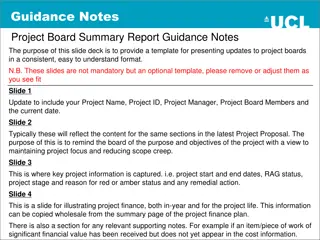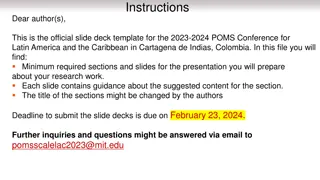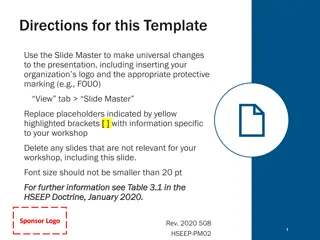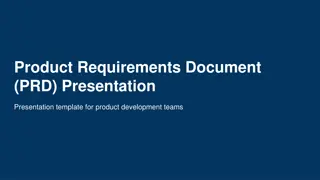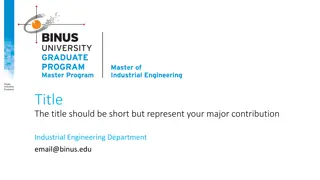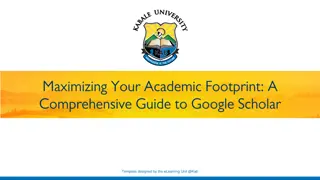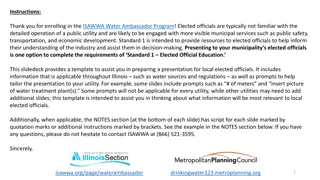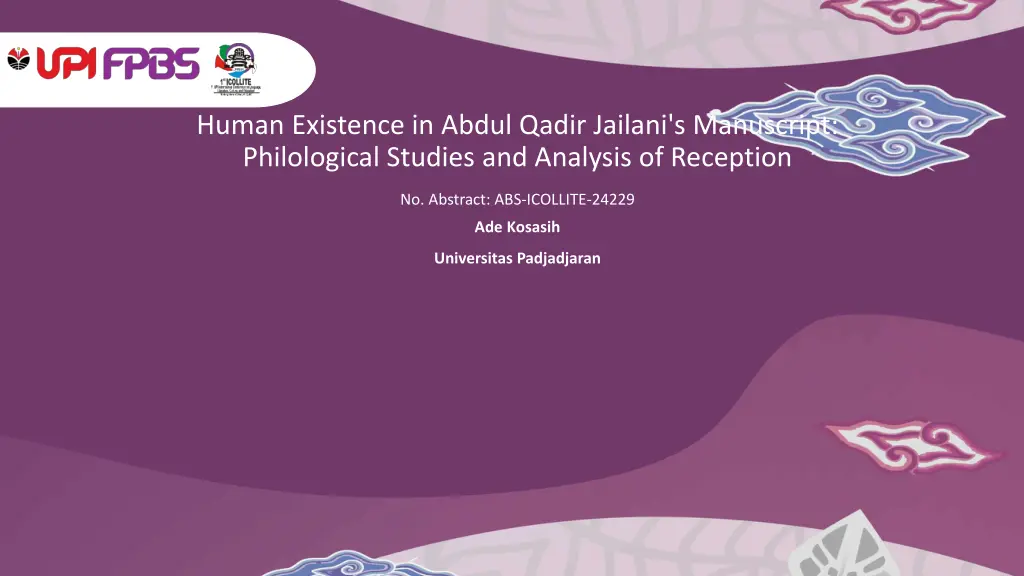
Philological Studies: Human Existence in Abdul Qadir Jailani's Manuscript
Explore the intellectual treasures found in ancient manuscripts, focusing on the teachings within Tarekat Sultan Aulia Sheikh Abdul Qadir Djelani's manuscript. Through philological studies, uncover the significance and meaning behind these texts stored at the Prabu Geusan Ulun Museum in Sumedang, West Java.
Download Presentation

Please find below an Image/Link to download the presentation.
The content on the website is provided AS IS for your information and personal use only. It may not be sold, licensed, or shared on other websites without obtaining consent from the author. If you encounter any issues during the download, it is possible that the publisher has removed the file from their server.
You are allowed to download the files provided on this website for personal or commercial use, subject to the condition that they are used lawfully. All files are the property of their respective owners.
The content on the website is provided AS IS for your information and personal use only. It may not be sold, licensed, or shared on other websites without obtaining consent from the author.
E N D
Presentation Transcript
Human Existence in Abdul Qadir Jailani's Manuscript: Philological Studies and Analysis of Reception No. Abstract: ABS-ICOLLITE-24229 Ade Kosasih Universitas Padjadjaran
INTRODUCTION Ancient manuscripts in the archipelago are intellectual treasures for the community. Among the teachings that are found in the manuscript are teachings that are indispensable for a quality life. However, there are obstacles in the form of script and language, so philological studies are relevant to overcome them. One of the manuscripts that contain important intellectual treasures is Tarekat Sultan Aulia Syeikh Abdul Qadir Djaelani. The manuscript is stored at the Prabu Geusan Ulun Museum in Sumedang, West Java.
LITERATURE REVIEW Without a critical study of the text through philology, the data from the manuscript becomes invalid (Hermansoemantri, 1997:3). Philology is tasked with presenting representative texts, which are estimated to be close to their origin (Ma mun, 2006:35). The next task of a philologist is the analysis of text interpretation. It is intended that the text that has been edited is then interpreted in its meaning from the side of the reader or reception (Sangidu, 2003). The text was born because there was a previous text. Through the horizon of hope and reference influenced by the surrounding nature, it affects the later texts that it creates or the emergence of new works. In the text in the meaning of the reader, there is a picture of the human condition itself.
METHOD The text "Tarekat Sultan Aulia Sheikh Abdul Qadir Djaelani" has been edited, then used as material or data for further analysis of its meaning and function. The method he uses is the descriptive - analytical method. The text "Tarekat Sultan Aulia Sheikh Abdul Qadir Djaelani" is then analyzed for its meaning through a pragmatic approach based on the reception theory. The method used is the intertextual method. The meaning of the text "Tarekat Sultan Aulia Sheikh Abdul Qadir Djaelani" is connected with various other texts that support it, including the Quran and Hadith.
FINDING AND DISCUSSION The beginning of the manuscript was opened with the reading of Basmalah and then an explanation of the manuscript's content, which contains a systematic system of teachings, creeds, sharia, and tarekat.
CONCLUSION The reception analysis exposes the identity of human beings, especially as creatures of God. Human beings have a vital role in this life, so their existence is affirmed, revealed, and elaborated on.
REFERENCES Baried, Siti Baroroh dkk.,1985. Pengantar Teori Filologi. Jakarta: Pusat Pembinaan dan Pengembangan Bahasa Departemen Pendidikan dan Kebudayaan. Febriani, Rany. 2014. Kitab Paranti Neang Dawuh Poe: Kajian Filologi dan Fungsi (Tesis). Bandung: Program Pascasarjana FIB UNPAD. Darsa, Undang Ahmad dkk., 1993-1994. Transkripsi dan Terjemahan Disertai Kajian Naskah Paririmbon di Daerah Jawa Barat. Jakarta: Dirjen Kebudayaan Depdikbud. Ekadjati, Edi S. & Darsa, Undang A., 1999. Jawa Barat: Koleksi Lima Lembaga. Seri Katalog Induk Naskah-Naskah Nusantara Jilid 5A. Jakarta : Yayasan Obor Indonesia- EFEO. Hermansoemantri, Emuch, 1979. Sejarah Sukapura: Sebuah Telaah Filologis. Jakarta : Universitas Indonesia. _____________, 1986. Identifikasi Naskah. Bandung : Universitas Padjadjaran. Iser, Wolfgang, 1978. The Act of Reading: A theory of Aesthetic Response. Baltimore & London: The Johns Hopkins University Press. Lubis, Nabilah, 1996. Syekh Yusuf Al_Taj Al Makasari: Menyingkap Intisari Segala Rahasia. Edisi Pertama. Disertasi. Diterbitkan kerjasama Fakultas Sastra Universitas Indonesia dan Ecole Francaise d Extreme. Bandung : Penerbit Mizan. Ma'mun, Titin Nurhayati, 2008. Isra Mi'raj Nabi Muhammad SAW Naskah Sunda Suntingan Teks dan Kajian Struktur. Bandung: Risalah Pres. Robson, S.O. (1994). Prinsip-Prinsip Filologi Indonesia. Jakarta: RUL. Sangidu, 2003. Wachdatul Wujud, Polemik Pemikiran Sufistik antara Hamzah Fansuri dan Syamsudin as_ Samatrani dengan Nuruddin ar_Raniri. Yogyakarta : Gama Media. _____________, 2005. Penelitian Sastra: Pendekatan, Teori, Metode, Teknik dan Kiat. Yogyakarta : Seksi Penerbitan Sastra Asia Barat, Fakultas Ilmu Budaya UGM. Soeratno, Siti Chammamah (2003). Filologi Sebagai Pengungkap Orisinilitas dan Transformasi Produk Budaya. Yogyakarta: Program Pascasarjana Universitas Gajah Mada. Sutrisno, Sulastin (1983). Relevansi Studi Filologi. Yogyakarta: Gajah Mada University Press Teeuw, A (1984). Sastra dan Ilmu sastra: Pengantar Teori Sastra. Jakarta: Pustaka
THANK YOU! Follow us @...






